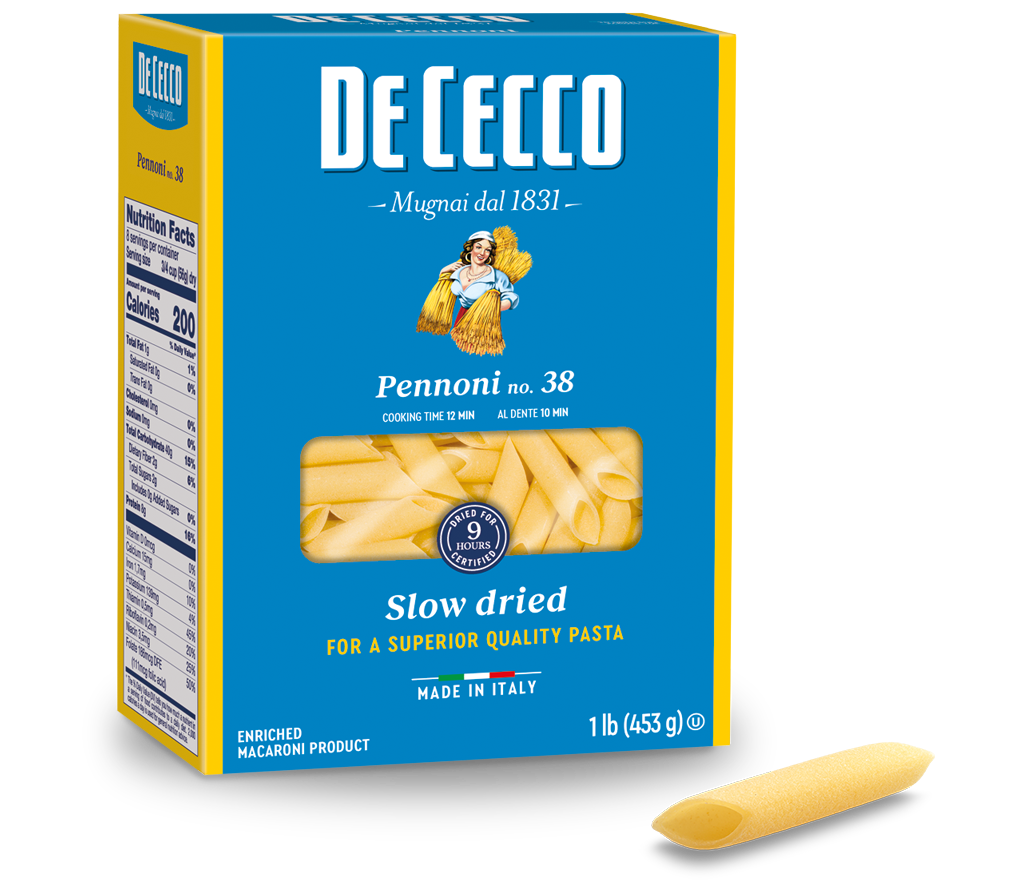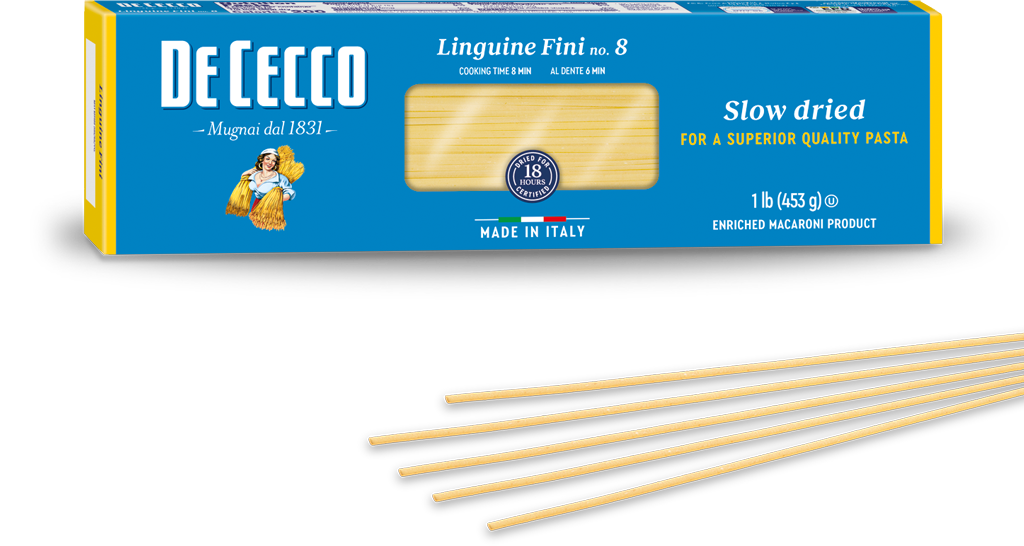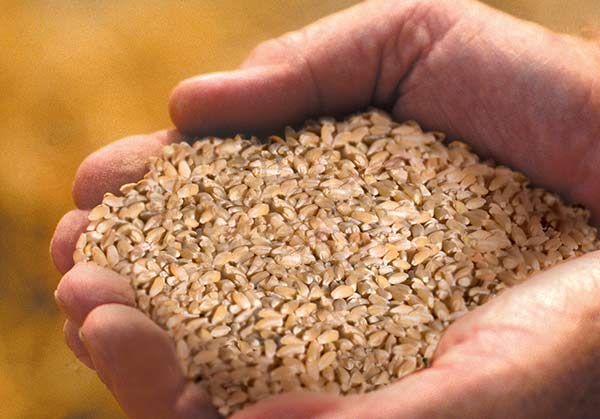Pennoni no. 38
Pennoni Lisci are a bigger version of the classic Penne Lisce and thanks to their size, can hold a lot of sauce.
The lack of ridges is compensated for by a surprising softness which makes it exceptionally delicate on the palate. It is a delicate and sophisticated pasta which brings out the best in aromas, flavours and fragrance.
In Italian, the term "Penne" refers to the goose feather which was used historically to write with and was cut on a diagonal to achieve a really thin tip. The shape, obtained from a pasta tube, can be smooth or ridged, of varying length and has the typical diagonal cut of a quill.
Penne are one of the few types of pasta for which there is an exact date when it was created. Indeed, in 1865, a pasta-maker from San Martino d'Albaro (Genoa), Giovanni Battista Capurro, requested and obtained a patent for a diagonal cutting machine. The patent was important because it meant the fresh pasta could be cut like a quill without crushing it and in different lengths from 3 to 5 centimetres (mezze "half" penne or penne). The document preserved in the Central Archive of the State of Rome reads: "Up until now, a diagonal cut could only be made by hand with a pair of scissors which, in addition to being slow and time-consuming, also resulted in an irregular cut which flattened the pasta".
Pennoni Lisci are excellent for preparing pasta served with Neapolitan meat ragù, ragù alla genovese, meat and vegetable gravy or delicious oven-baked pasta dishes.
Available in 16.0 oz pack.
- Cooking time: 12 min - Al dente: 10 min

play
Our method
Attention, care, experience and quality during every phase: from our mill to your table.
You may also be interested in
Linguine Fini no. 8
Linguine Piccole (small Linguine) are a tasty variety of the classic Linguine.
Linguine are the most well-known type of long pasta from Liguria: they resemble a small, flat, narrow tagliatella-type pasta and were created to be eaten with traditional pesto.
It is precisely the flattened section and slightly convex shape of this pasta that makes it perfect for trapping the sauce and bringing out all the different flavours.
It is excellent just with butter and sage or combined with fresh tomato based sauces, with vegetables and aromatic herbs or quick, spicy sauces prepared with extra virgin olive oil, garlic, red pepper, and anchovies.
It is also ideal with sauces made with shellfish and seafood and with "white" sauces prepared with cream, mascarpone, soft or melting cheeses with the addition of spices such as saffron, horseradish, curry and ginger.
Available in 16.0 oz and 5 lb.
Find out more





